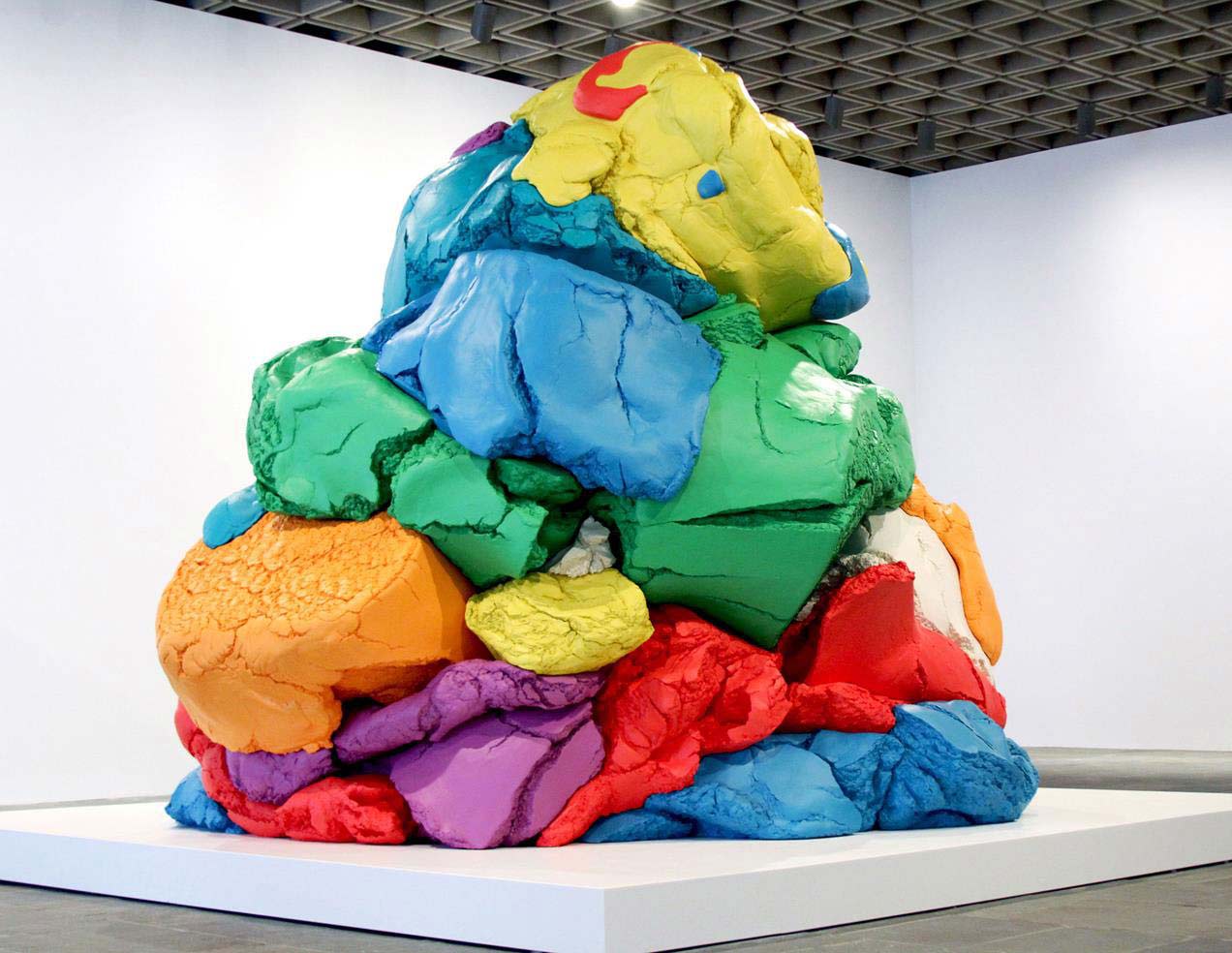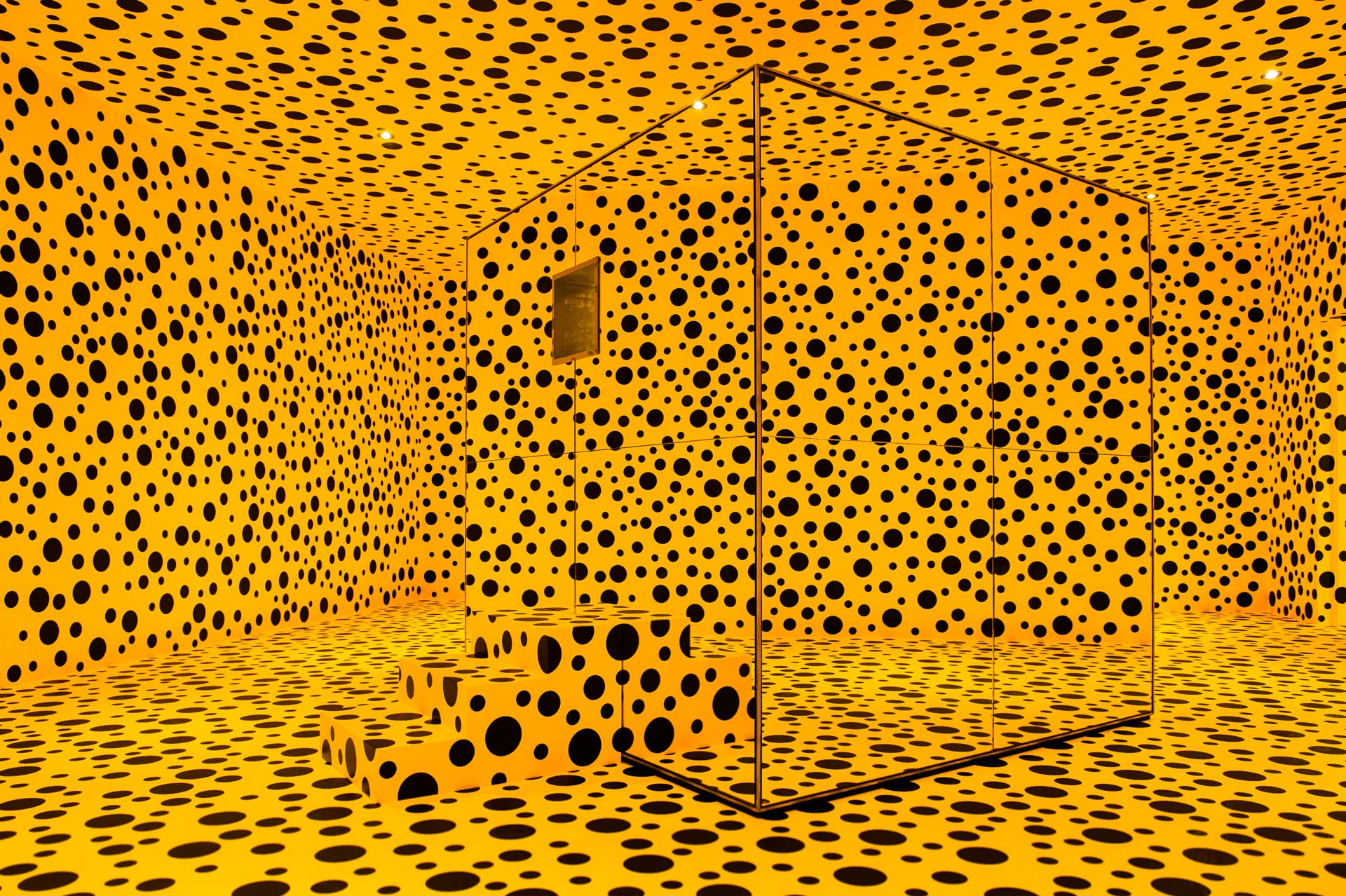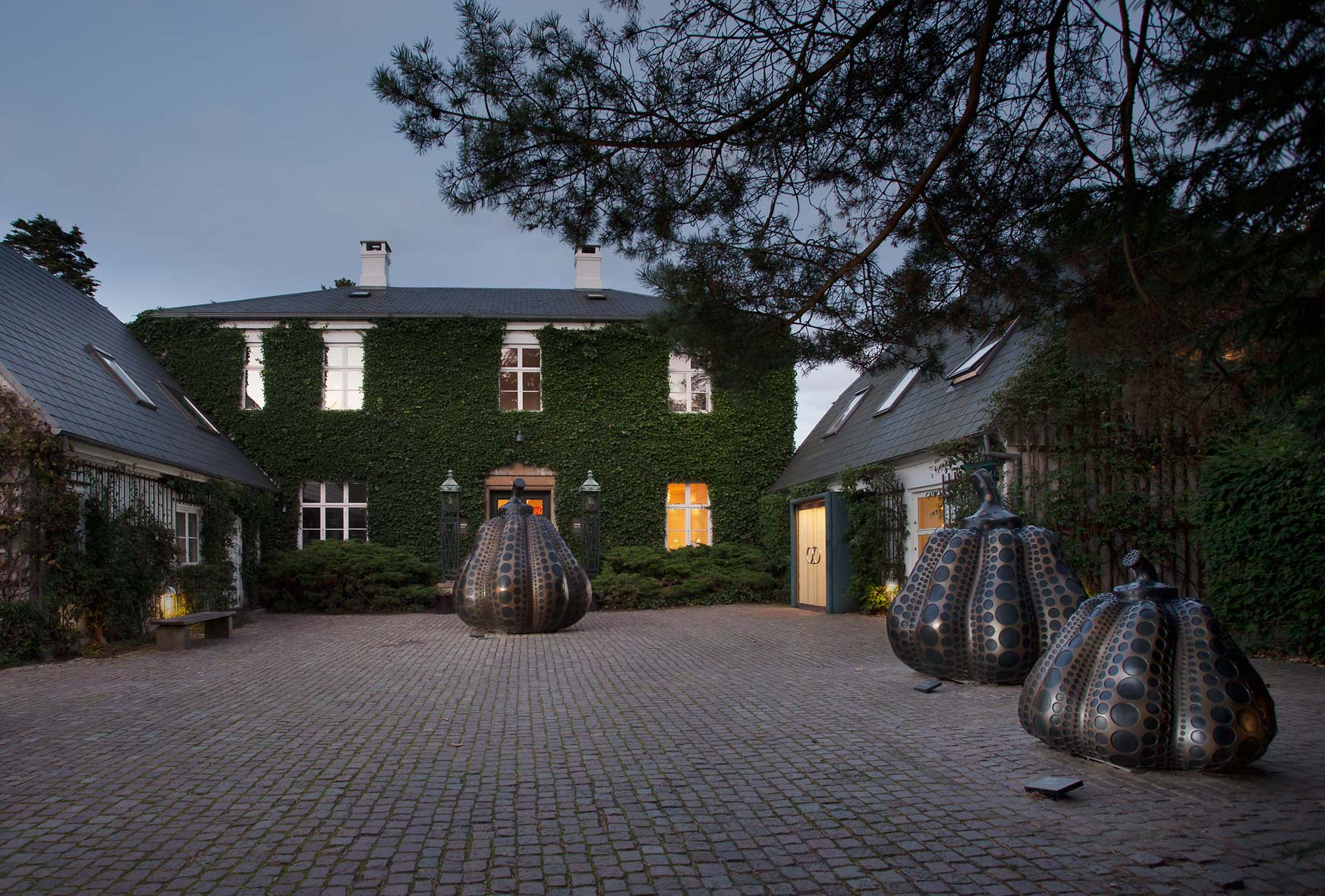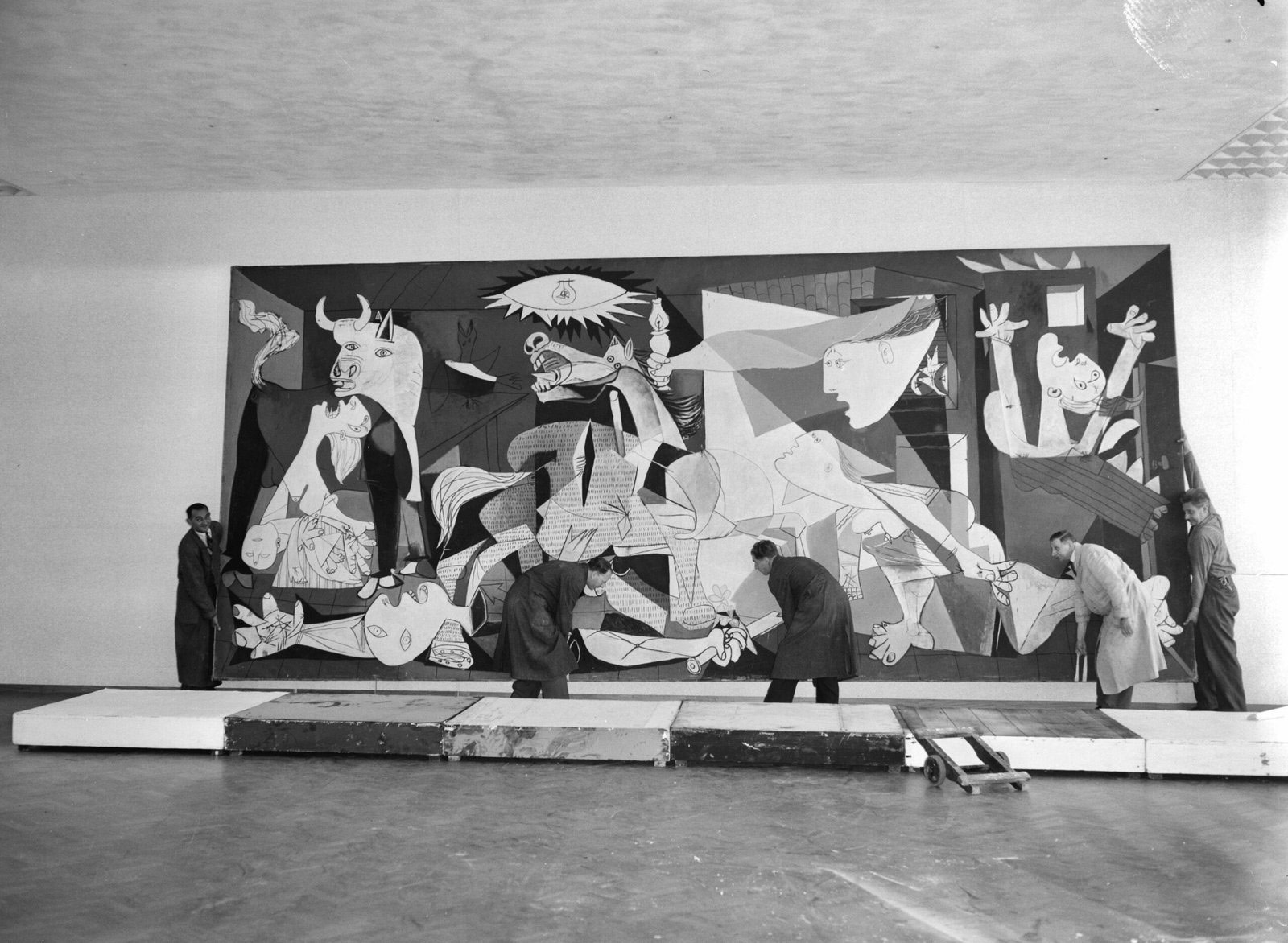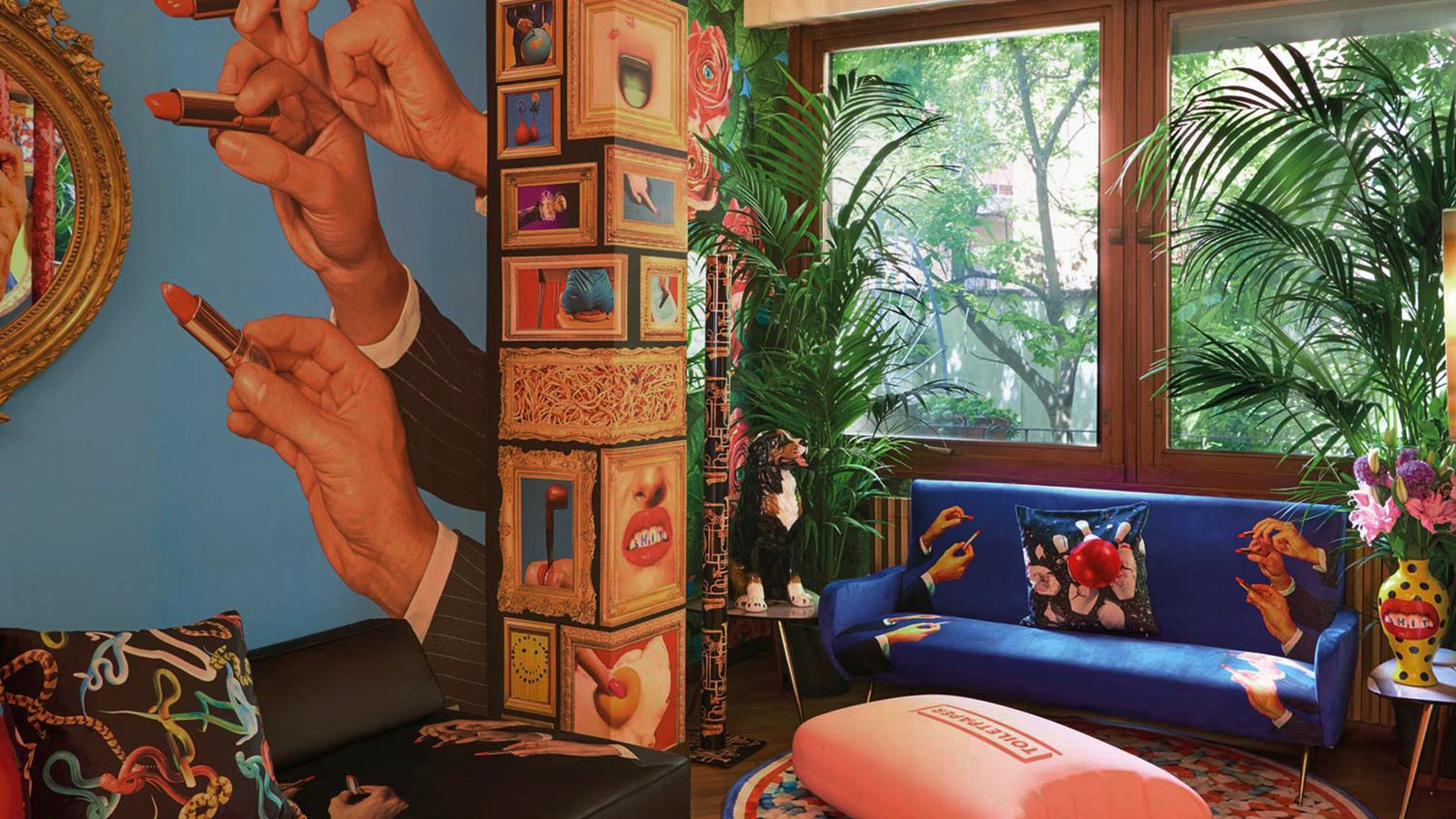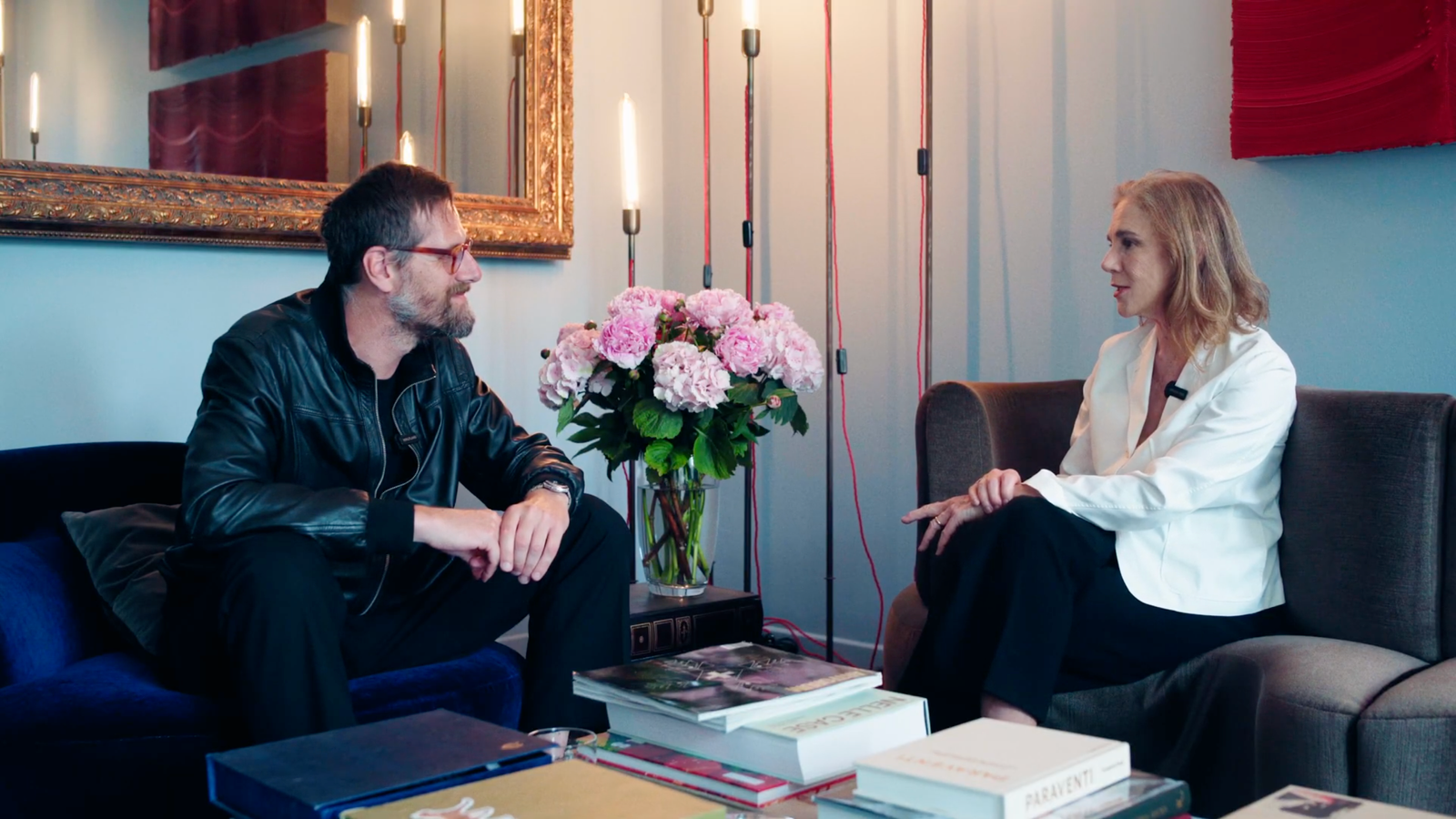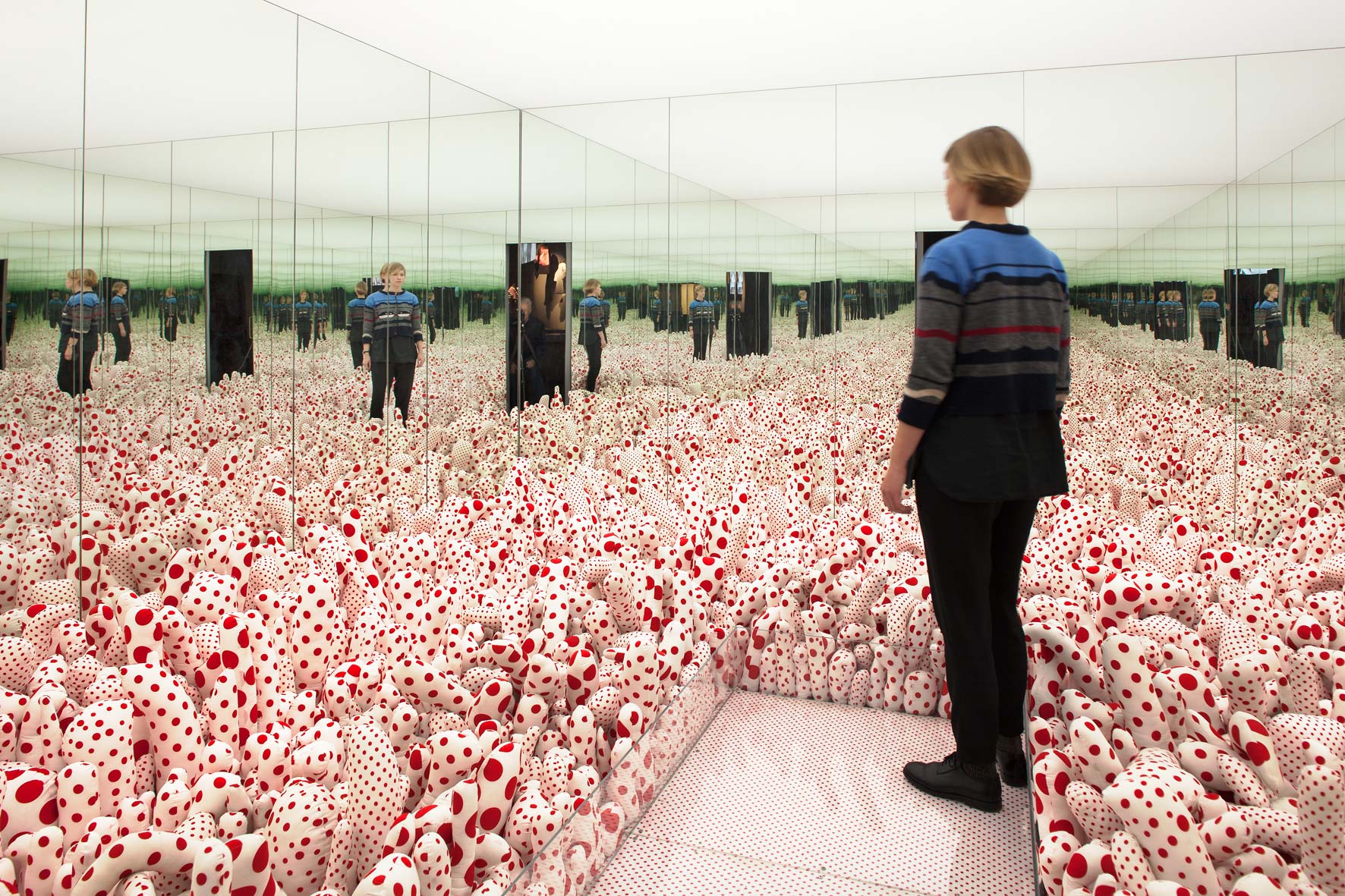
I wanted to be an artist but...
To write this piece, I tried to line up all the clichés that inhabit the visual arts sector, at least since the beginning of the millennium, when I started working in it. The old story of the penniless bohemian artist is both a truth and a coarse error in art history. It is simply not true that if you want to be an artist you have to spend your springs drinking absinthe on the pavement with some colleague without premolars in his mouth. For every Van Gogh and Modigliani who went through their entire existence without having their art recognised, I won't say their art, but at least some workmanship, there are just as many Picassos and Jeff Koons who have done very well, perhaps too well. The timing of those who have been able to intercept not only their own need but also that of the public and collectors is an ingredient that on balance is worth as much as the brilliant idea in front of the canvas.
Today, in the age of digital communication where everyone has (or better say 'should have') more opportunities, the question remains how not to remain invisible. A good portfolio emailed to a hundred or so cartel galleries does not guarantee that the @info mailbox assistant will open our attachment. Let's take an example from outside the industry: 60,000 new songs are posted on Spotify every day, or almost 22 million new songs a year. Do we listen to them all? Obviously not. Do we miss any masterpieces? Of course we do. Hence, this contemporary communicative bulimia does not guarantee the much desired visibility, apart from platform revenues.
 Jeff Koons, photo from the exhibition ‘Jeff Koons: Versailles’, Versailles Château de Versailles, France, 2008-2009
Jeff Koons, photo from the exhibition ‘Jeff Koons: Versailles’, Versailles Château de Versailles, France, 2008-2009
Not the strongest dinosaur survives, but the one with the best ability to adapt. Here then, good PR and decent personal branding become irreplaceable elements. And beware, everything really does apply: an overexposed artist who publishes dozens of contents a week can be just as successful as one who pretends to be dead or who nobody knows who he is. There is no one-size-fits-all recipe. What is needed is a strategy. Some will get it right, some won't, that's the game, we're not in the queue for a Naspi cheque.
For the visual arts, there are no cartel marketplaces as strong as in the world of music, but the oversaturation is palpable all the same. Let us not even open the discussion of digital art for a moment, after the boom and consequent flop of NFT, which flooded the web with thousands (not to say millions) of works. Not all of them were masterpieces. The fact is, if you have read this far with curiosity, that being an artist is not enough. It was never enough, let's face it, not even in Modigliani's time. A contemporary artist must certainly have talent and creativity (a dangerous word, as Enzo Mari used to say) on his or her side, but also an equally indispensable ability to understand the field in which he or she works.
If you try to ask Chat GTP, that is to say the single bovine thought that inhabits the web, why it is difficult to become an artist, he will answer you like this: "Becoming a famous visual artist is difficult for several reasons. First of all, there is fierce competition in the visual art world, with thousands of talented artists trying to emerge. Furthermore, success in art is often subjective and depends on the personal tastes of the public and critics. Visibility is crucial to becoming famous as a visual artist, and gaining that visibility can be a long and demanding process. It requires not only producing high-quality works, but also promoting oneself effectively through exhibitions, art galleries, social media and other platforms".
The answer is formally correct, but if we go into it, it is incomplete, not to say wrong. First of all, that the public has a say is up for debate. Critics and curators do, they are very powerful. If you notice, we remember the names of the curators of the last Venice Biennials, almost never those of the artists. And already this should give us pause for thought. Next: we cannot believe that galleries, family businesses (excluding the big international ones) forced to participate in fairs to sell works, are the one and only way for artists to survive. Yet.
Let me tell you a story, without names, since I am not looking for lawsuits. Years ago, an artist friend was engaged to an editor of a major international art magazine. She advised him to continue his research, very defined, conceptual (she liked that), and to find contacts in the fashionable galleries of the moment (without, however, concretely helping him for fear of losing credibility in her work). He wasn’t too sure, however, went to the studio every night and painted, and painted. Then due to a chance encounter, he started sending works to a restaurant in New York run by Italians, they asked him for furniture, nothing else. The customers of the restaurant gradually started liking the paintings and that painter now has a beautiful villa on the lake. Paid only by working on his canvases and selling them to the clients of that single, but very well-placed (Upper East Side) restaurant.
Now, better him who no longer has to drink absinthe on the pavements or the one who chases the gallery à la page all his life?
Cover image: Yayoi Kusama, photo from the exhibition ‘In Infinity’, Louisiana Museum, Copenhagen, Denmark, 2016.
Giacomo Nicolella Maschietti is a professional journalist specialising in art and the market. He writes for various trade publications and has been hosting "Top Lot" on ClassCNBC (SKY 507) since 2008. On Spaghetti Boost he will report on the art system from an unorthodox perspective, hosting exhibitions and artists who bear witness to the contemporary world.
